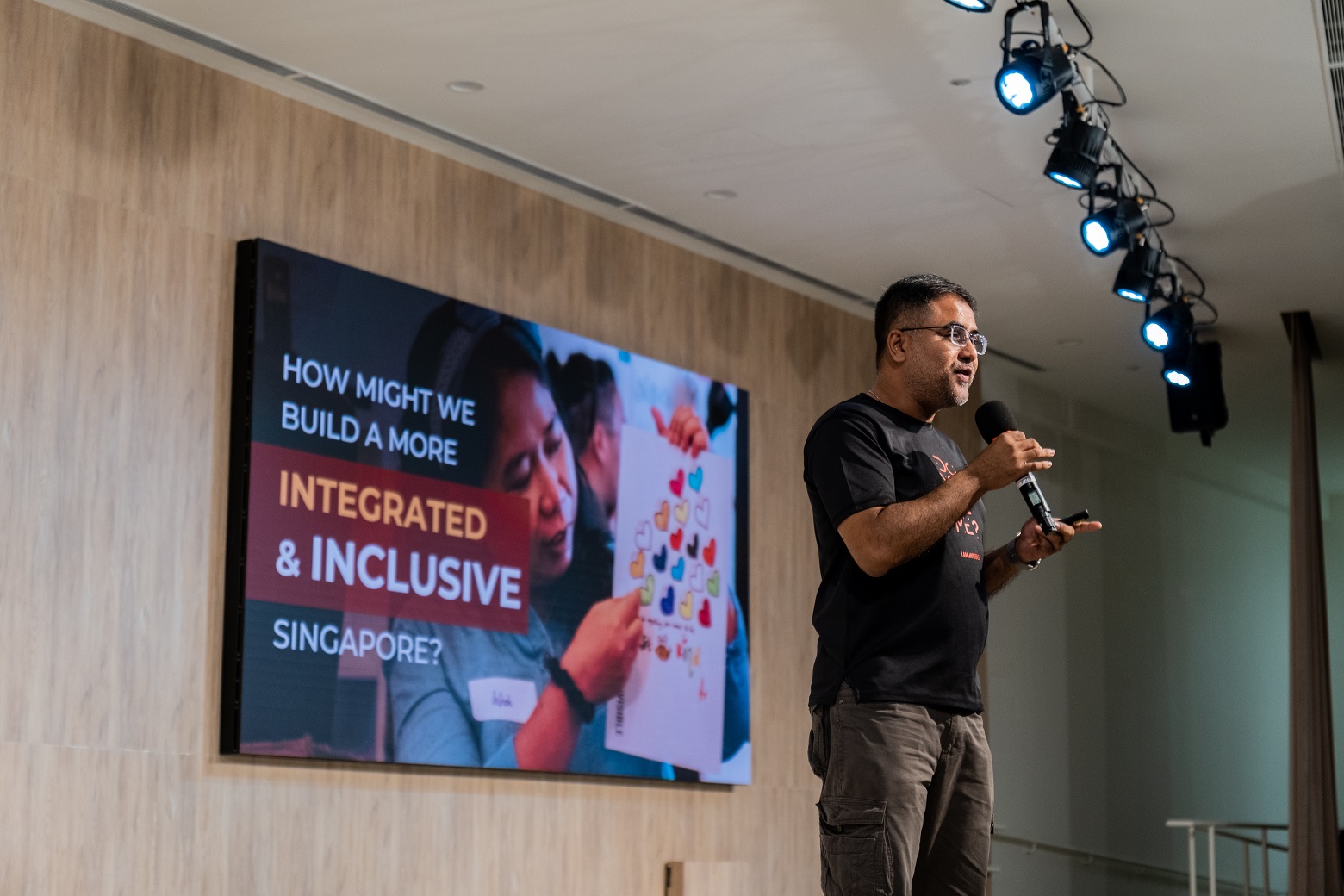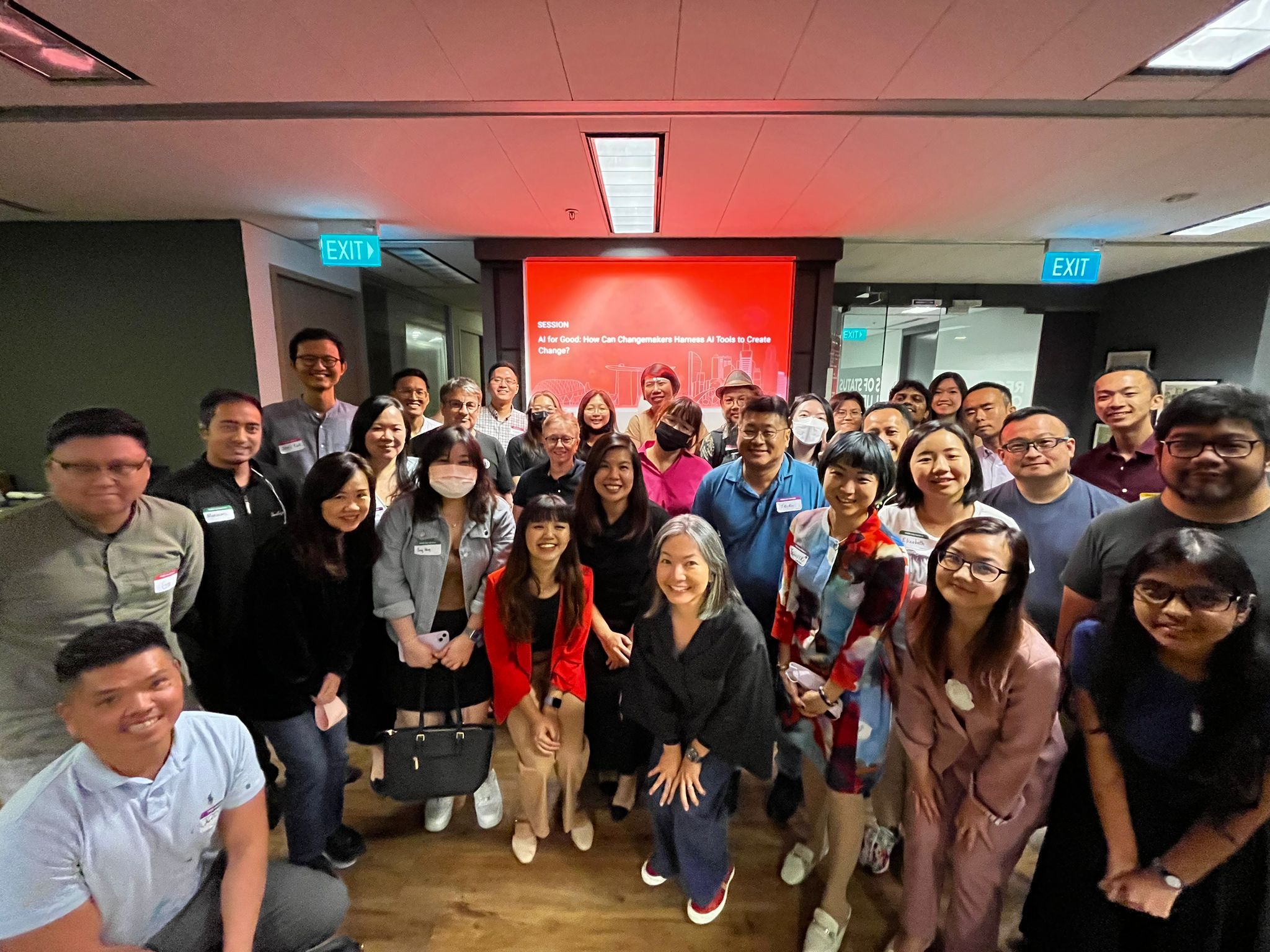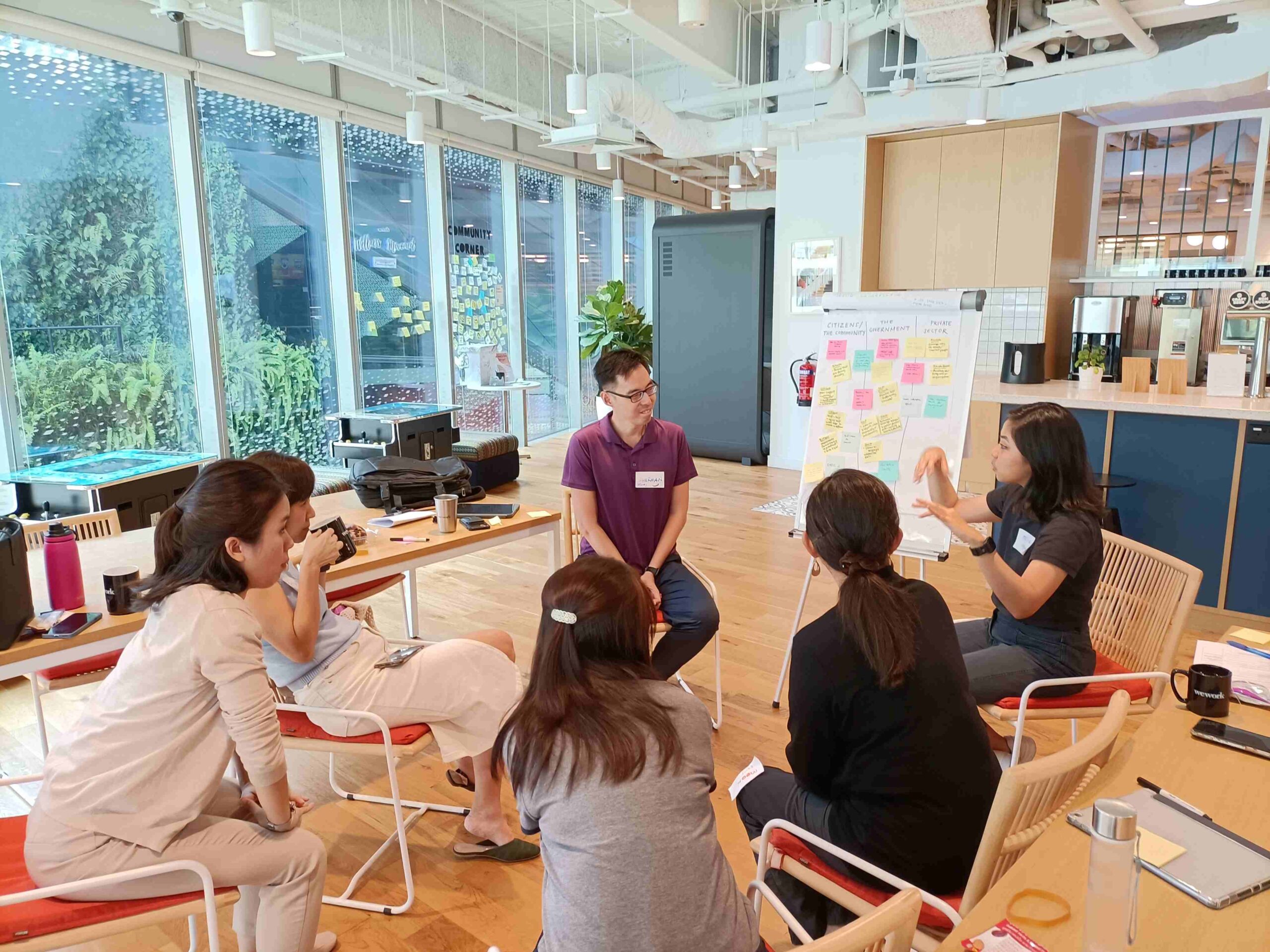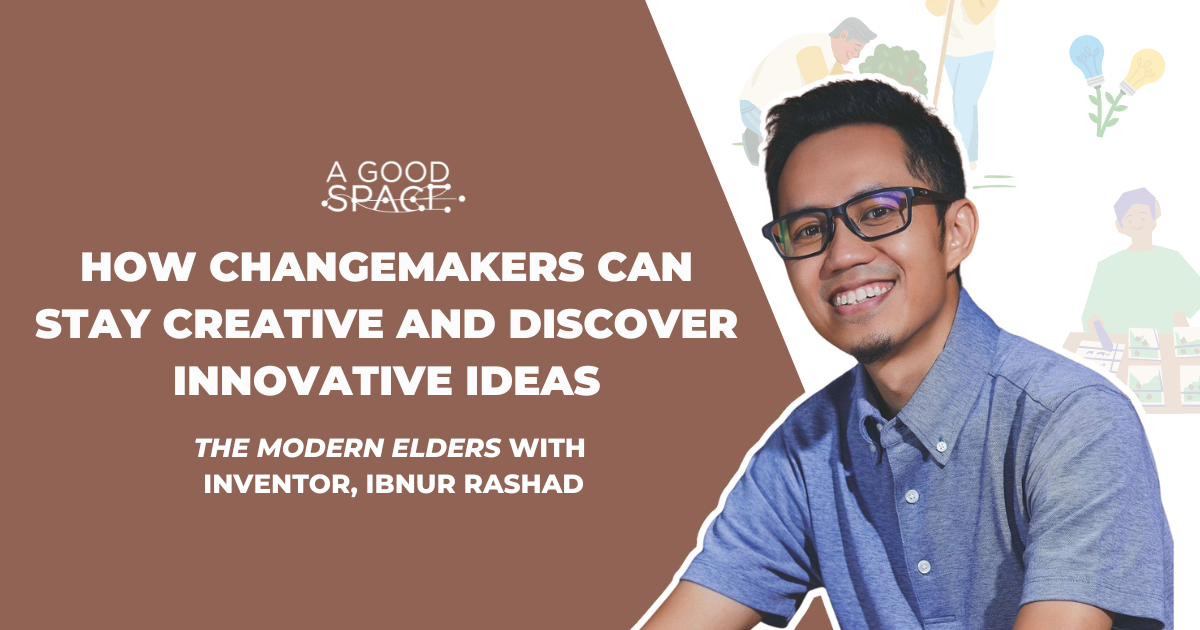In Part 1, we covered 5 essential steps to take before your event starts from Priya Parker’s book The Art of Gathering. They are:
- Start with purpose
- Invite people who fit your purpose
- Choose the right venue
- Create pop-up rules
- Prime your guests
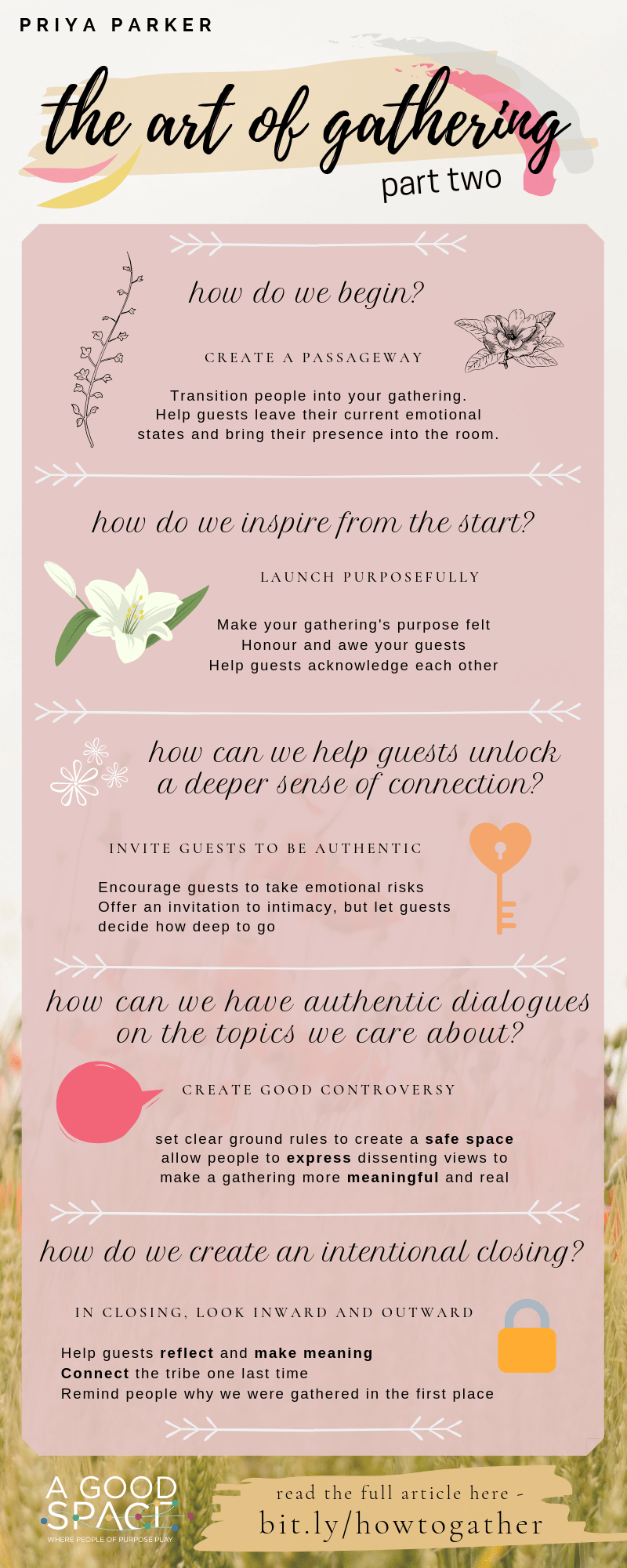
In Part 2, we’ll begin to look into what a good host can do during their event itself. If you missed Part 1, feel free to go back here by reading it at this link: http://www.agoodspace.org/blog/the-art-of-gathering-part-1.
Let’s get started!
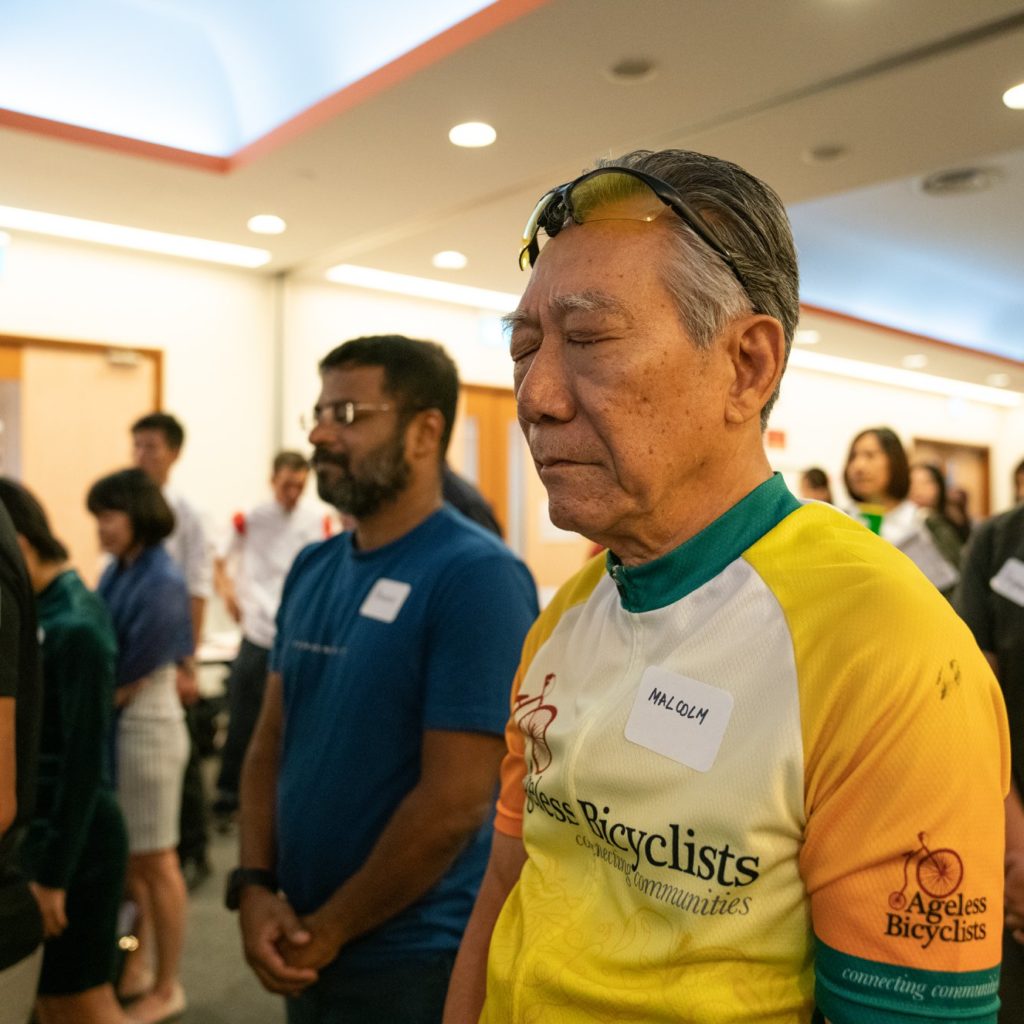
Step 6: Create a Passageway
People come into events in different emotional states. Maybe they have just come from a long day of meetings or received an email from their boss with some criticism of their work.
Between a guest’s arrival and the start of the gathering, there is often a gap where people are just standing around.
It is important to create a passageway, physical or metaphorical to transition people into your gathering. This passageway should help guests to bring their presence into the room.
Before the start of A Good Pitch 2019, we invited participants to close their eyes and take three deep breaths for a short pause before the event began.
Ahead of The Grand Paradise, a performance about a fading tropical resort in the 1970s, Third Rail Projects, a New York based theater company, welcomed audience members with a tropical drink and a flower garland.
It could also be you standing at the door to physically greet everyone who comes or asking people to surrender their phones.
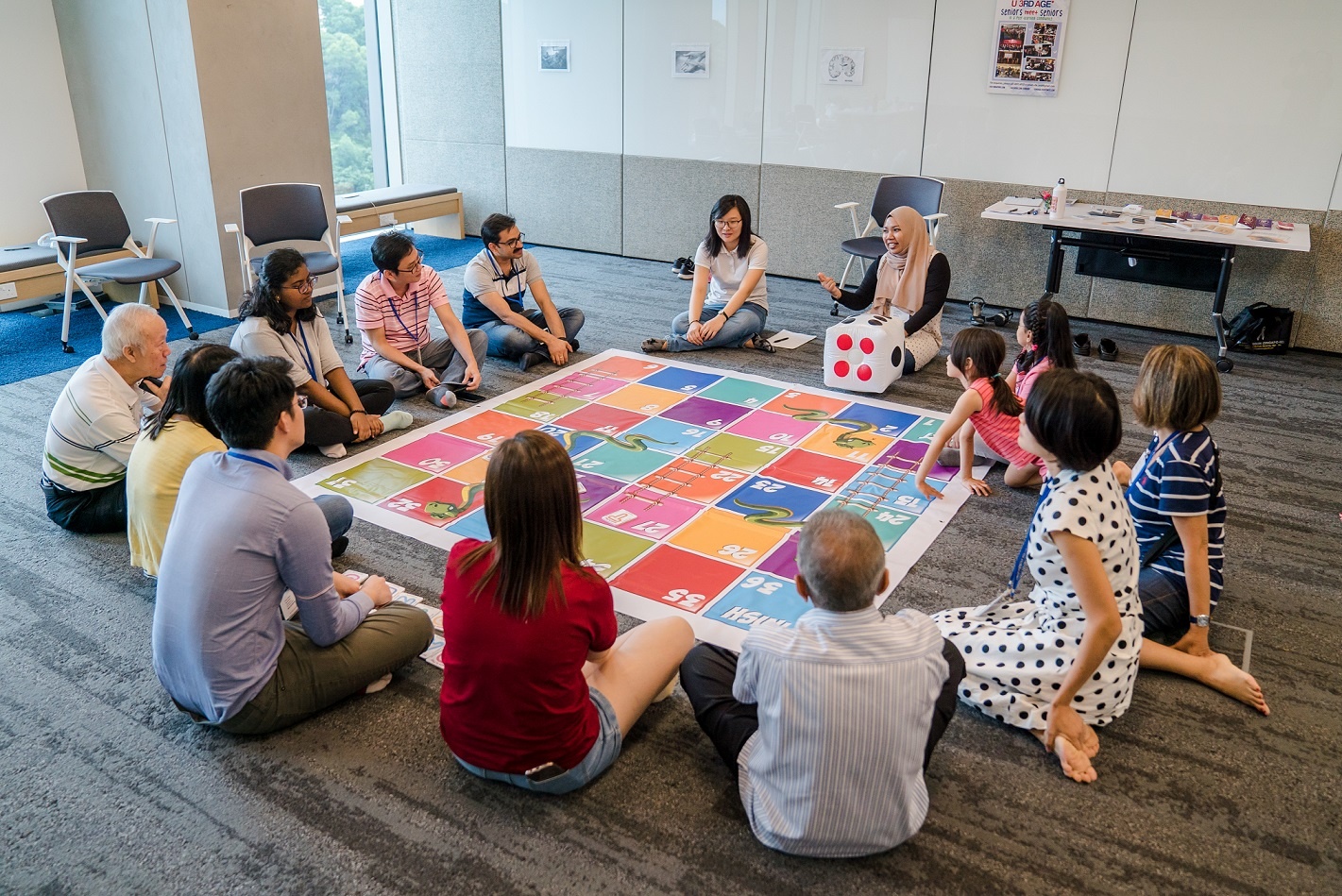
Step 7: Launch Purposefully
At the start of any gathering, people will be asking themselves: what is this all about? Is this worth my time?
Don’t start a gathering with logistics such as announcing where the washrooms are or thanking your sponsors. People are at their most ready to be inspired in the first few moments. Instead, use your opening to either:
1. Make your gathering’s purpose felt
In initiating first year students into the core principles of a Montessori school, David Barrett uses a ball of string. People pass it to one another and soon, there is an interweb of string, a visceral experience of what a community is. The message conveyed is: “all your choices and actions, large or small, will affect everybody else”
2. Honour and awe your guests
At Spark Camp, rather than asking guests to introduce themselves, hosts introduce them, but with super interesting facts and in a very highly personal way that rounds up who they are as people, beyond their jobs.
3. Help guests acknowledge each other
Emmy winning director Jill Soloway starts a day of filming with a ritual called Box. Crew members gather around a wooden box and if they’d like, stand on the box to share anything that’s on their mind, personal or professional.
This continues until there is a lull and she steps in to give some closing remarks. In about 20 minutes, Soloway transforms a bunch of actors, crew and extras into a tribe by making them see each other.
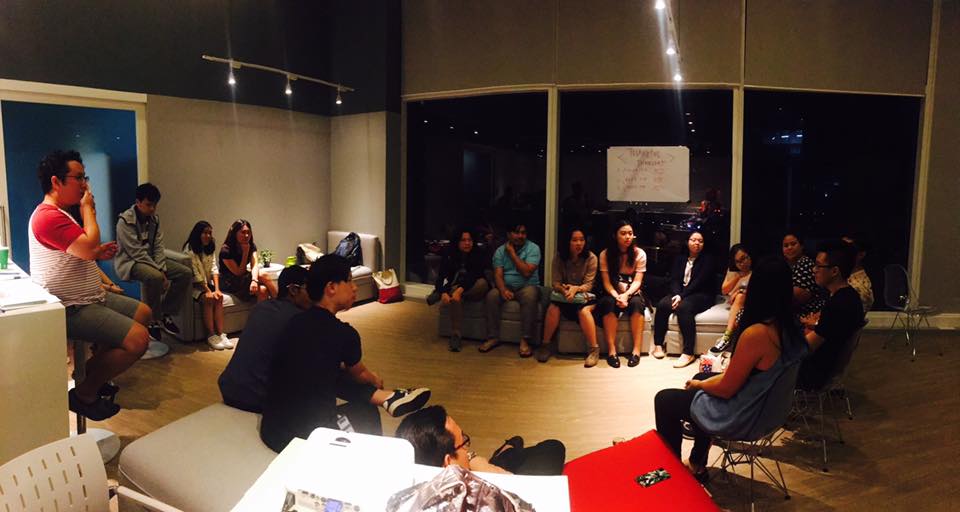
Step 8: Invite Guests to be Authentic
We may not all relate to success but we can all relate to struggle. When people can show sides of themselves that are weak or unpolished without feeling judged, a deeper sense of connection between guests becomes possible.
For that reason, there might be value to introduce activities that involve guests to take emotional risks. A good host enables people to show up as their authentic selves, beyond their jobs, titles and achievements. To do this, the book suggests encouraging people to share experiences and stories, rather than ideas.
On the sidelines of the World Economic Forum, the author experimented with 15 Toasts, an intimate dinner format designed for 15 participants to go beyond intellectual conversations to connecting deeply with one another.
Each guest made a toast to share a personal story or experience from their own life on the topic: a good life. The last person to go had to sing their toast, providing a fun incentive for people to start.
Lisa Lazarus of the Harvard Kennedy school created Change Agents Now, a regular gathering where guests where invited to share crucible moments — a story, moment or experience from their lives that changed the way they view the world or defined them.
Instead of being strong all the time, they can be vulnerable and in vulnerability, deepen their relationships with each other.
With a group familiar with each other, you could add a rule that people share stories that no one else in the group has heard before.
A good host offers an invitation to intimacy but how deep guests decide to go is completely their choice. They should be allowed to choose how much they wish to share rather than being forced.
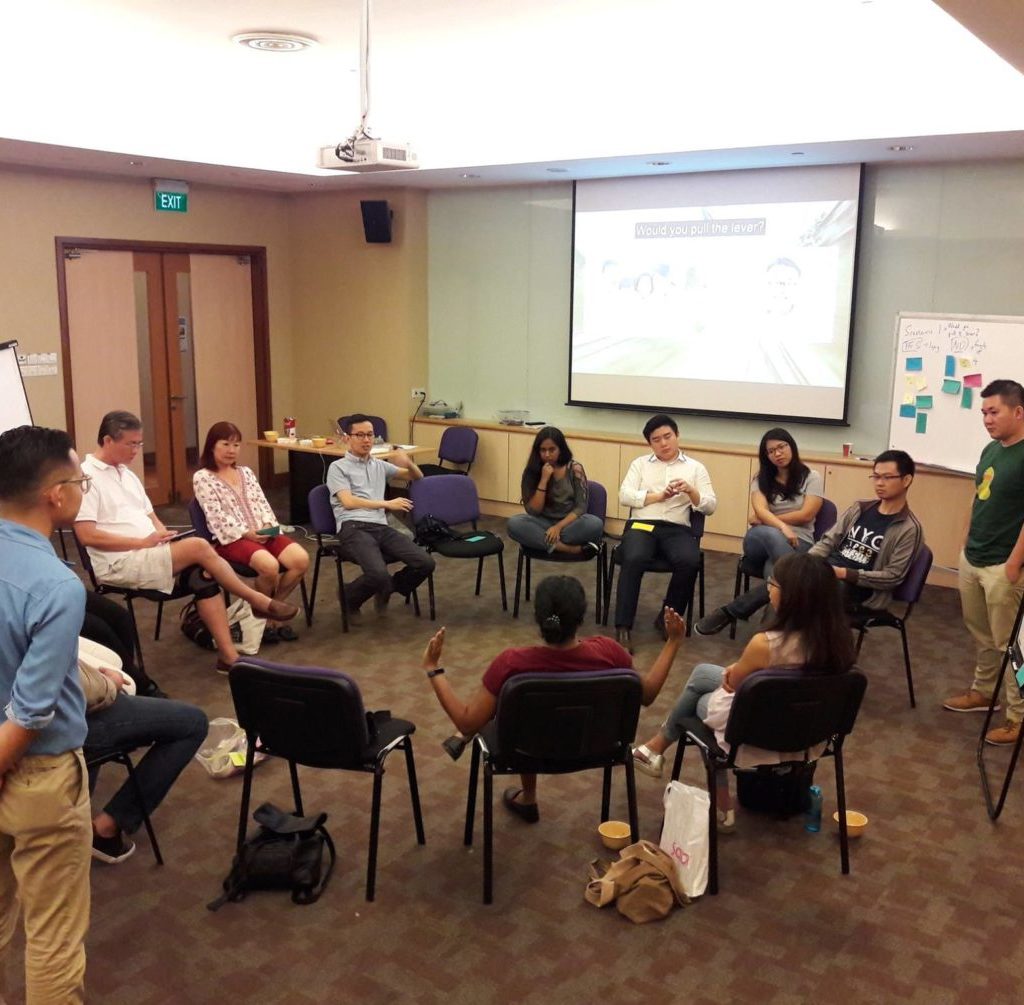
Step 9: If Needed, Create Good Controversy
To maintain harmony in a group, we sometimes self-censor for fear of offending others. However, this stops us from having an authentic dialogue on the topics we care about but are afraid to raise.
In the hands of a good host, creating a safe space for controversy and people to express dissenting views can make a gathering more meaningful and real.
In stirring good controversy, the author suggests asking the question: “if you were to say something that was politically incorrect or taboo about this process or project, what would it be?
Before introducing controversy, a good host sets clear ground rules to create a safe space. In creating these rules, she suggests asking questions like: “what do you need to feel safe here? What do you need from this ground to be willing to take a risk in this conversation today?”
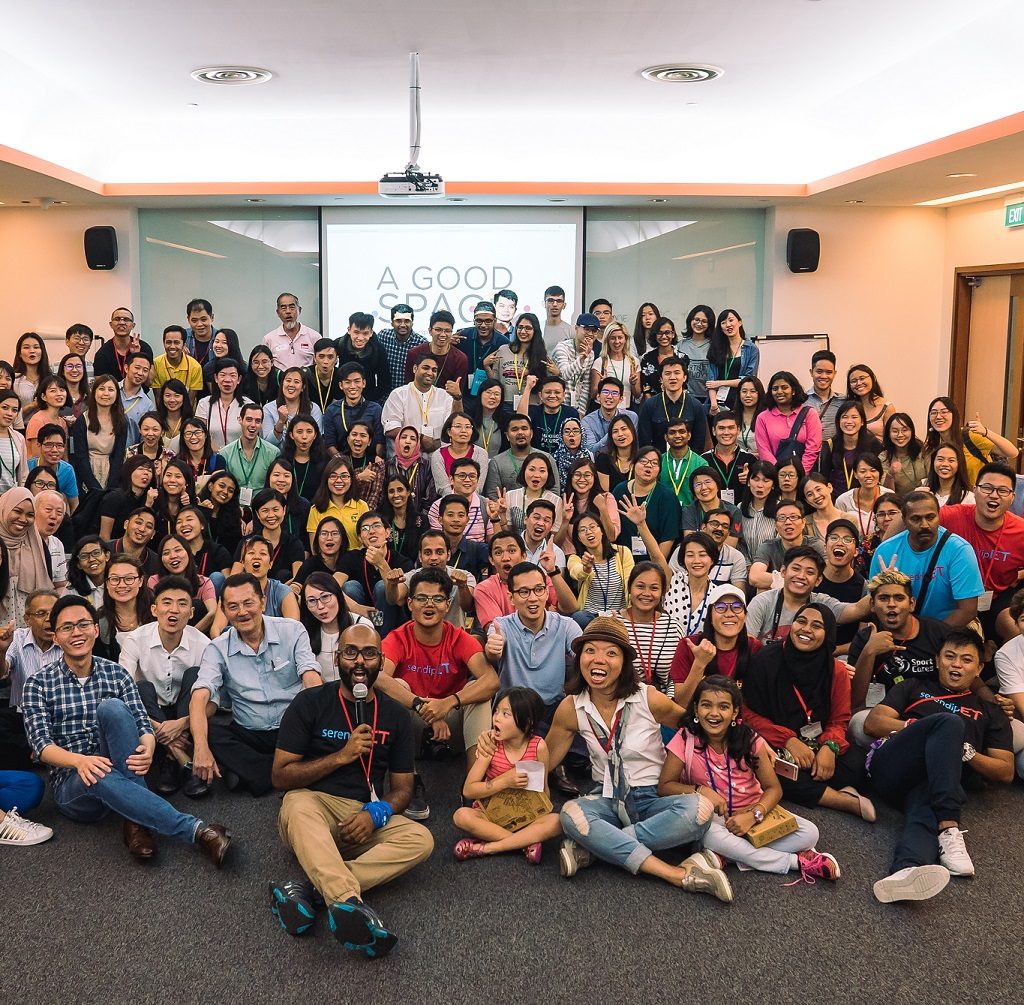
Step 10: In Closing, Look Inward and Outward
Too many gatherings don’t end, they simply stop. To be an effective gatherer, you’ll need to create an intentional closing that helps cement the feelings and ideas you want your guests to take with them.
Like how waiters ask for last orders an hour before a restaurant closes, logistics announcements (e.g. parking and thanking volunteers) should come second to last. Don’t end with logistics.
A strong closing has two phases:
1. Look inward
Instead of leaving them to do it on their own, a good host helps guests to reflect on what they experienced, felt and learnt at the event.
The organisers of the TED conference often ask a comedian to close a day’s long conference with a 15 minute wrap — to use humor to summarise the key moments from the day’s inspiring activities.
Besides making meaning, another way to close is to connect the tribe one last time — to have an affirming moment of recalling not what we did here but who we were here. Tribe making is vital to meaning making.
You can also end by going back to your purpose for gathering — by reminding people why we were gathered in the first place.
Renaissance Weekend has a special closing session called If These Were My Last Remarks, where 20 participants are given two minutes each to tell the group what they would say if this were the end of their life.
People read poems, share stories about their faith, confess doubts and recall tragedies. It seals the bond between participants and by asking them to confront their physical mortality, the group is subtly reminded to confront its metaphorical mortality — this is who we were here.
2. Turn outward
The more different the alternative world of your gathering was, the more important it is to help your guests re-enter into the ‘real world’. One way to do it is to find a thread to connect what they have experienced in the gathering to the world outside.
On the last night of Seeds of Peace (a summer camp involving teenagers from conflict regions), counselors facilitate small group reflections on what it means to go home and how campers are feeling. Campers recite poems and share stories, before finally boarding buses to depart for the airport.
This could also be in the form of a written pledge such as writing a message on a postcard that is later mailed to them or a physical item like a bracelet. If you choose to give a gift, think about: How can I use this gift to turn an impermanent moment into a permanent memory?
At A Good Pitch, we gave each winner a plant to serve as a reminder of their ability to nurture the seeds for positive change.
At the very end when you are thanking your volunteers, find a way to honour them beyond their job description. Honour what is least obvious about what they did in the run-up to the event, rather than what’s most obvious.
Finally, have a clear demarcation that the gathering is over. The exit line can be physical (e.g. walking through a specific door) or symbolic (e.g. doing a cheer).
Wow that was a long article, thank you for reading it to the end!
Which step resonated with you the most? Do you have other tips that have helped you with creating transformational experiences and gatherings?
Share them with me below. I’d love to hear them!


